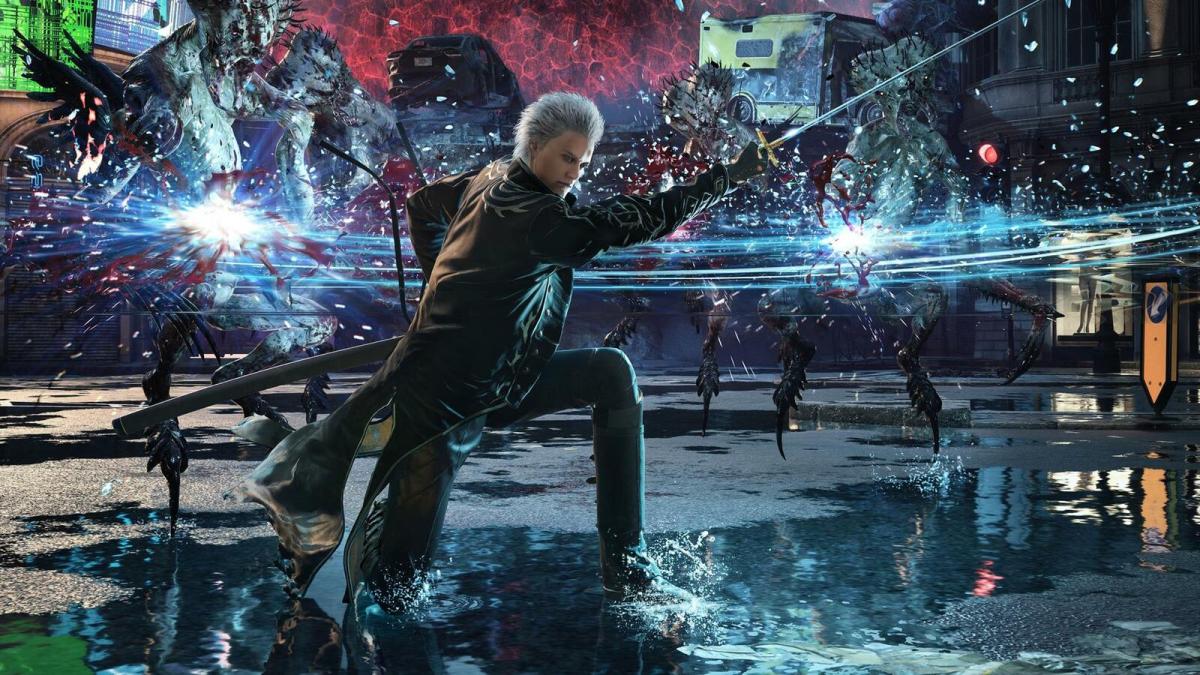
Unfortunately, the things that makes serial killers so fascinating in books and movies, also make them a bad fit for videogames.
Not every subject makes a good videogame. Some things – like filling in tax returns – are too dull, while others – like, say, serial killers – are very interesting, but interesting in the wrong way. In Issue 293 of The Escapist, Chris Gardiner, one of the writers of Echo Bazaar, explains why trying to get a serial killer to work in a videogame is so difficult.
Serial Killers Are Repetitive
We shouldn’t hold that against them. Repetition is, after all, what makes a killer serial. But videogames need change like Hannibal Lecter needs fava beans. It’s how they keep us from getting bored – they start simple and drip-feed new challenges and capabilities. But serial killers are static. Change is their enemy. A change in a killer’s pattern is a big deal. It ups the stakes. It makes them unpredictable again. But it’s so often their downfall – the clue the investigators need to catch them. It’s a trick that can only be pulled once.
What’s fundamentally frightening about the serial killer is the fear that the lottery of crazy in their head might spit out our name. Through no fault of our own, they might pull our brains through our noses and hang us dressed as a sheep from a local landmark. They’re as indiscriminate as an earthquake – a natural disaster with a face. That’s scary.
On the other hand, the lack of genuine motive is a problem in narrative terms. There’s no real relationship with the victims. All those juicy reasons people kill for – jealousy, greed, fear, love – go unused. Motive is the interesting part of crime. That’s why old school whodunits give the murderer a chance to monologue about why they dunit, and give it pride of place in the climax of the story.
Too often there’s just one serial killer story to be told: Stop them, before they kill again. Since videogames are finding a wider audience and engaging people that a few years ago wouldn’t have been seen dead thumbing a D-pad, they need to be branching out. They need more human emotion, not less.
Repetitiveness isn’t the only thing that makes serial killers a weird fit for videogames, it’s also much harder for them to cheat like they do in books or movies. To read more, and to find out how Gardiner got a serial killer to work in Echo Bazaar, check out his article, “Advice for Serial Killers.”





Published: Feb 21, 2011 05:00 pm